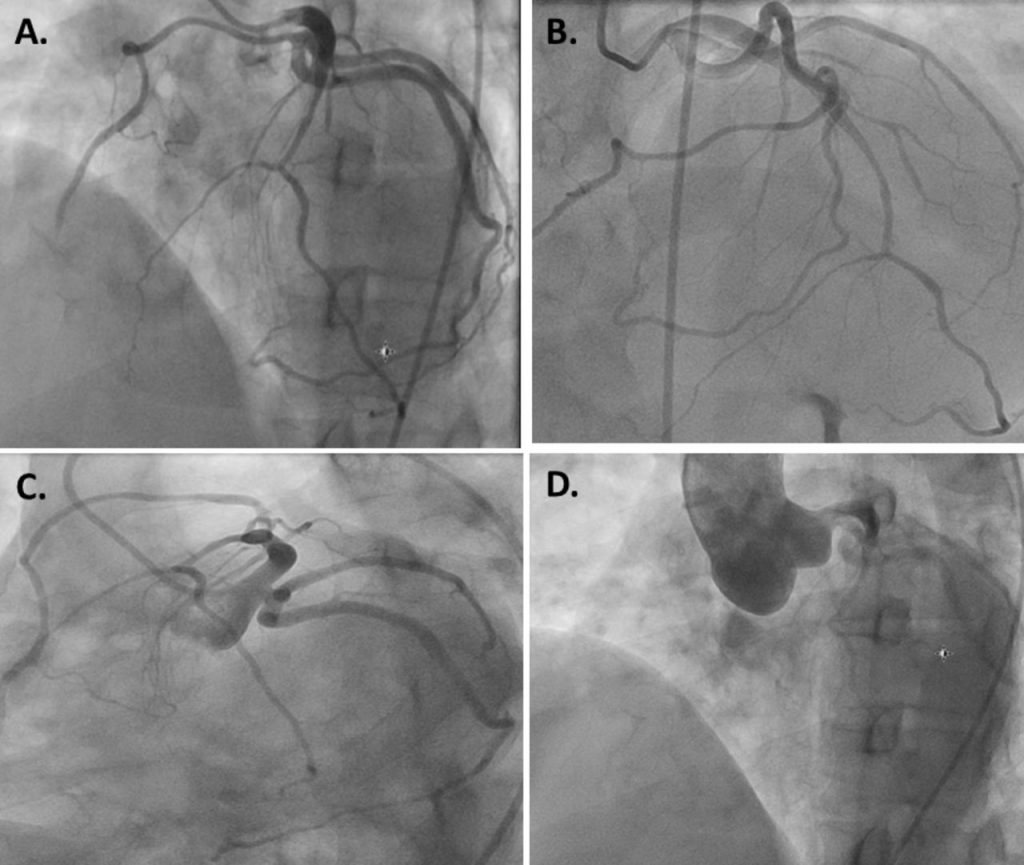Corotid Angioplasty at Heart Hospital in Mumbai - Cordis Cathlab
Carotid arteries are two long arteries located on both sides of your neck. These are responsible for regulating blood flow to the brain. Like the arteries in your heart, the carotid arteries can also get narrowed and blocked completely from the buildup of plaque. The condition is called atherosclerosis — the formation of cholesterol and fat deposits in the arteries.
This can block the artery and reduce the blood flow to your brain, increasing your risk of a stroke. Carotid angioplasty is a minimally invasive procedure to unblock the narrowed and blocked arteries and restore the blood flow to your brain.

Experienced Cardiologist
10,000+ Angiographies
Carotid angioplasty and Stenting
The doctor performs a carotid arteriogram, a procedure that shows the narrowed and clogged carotid arteries. It is recommended when other tests show carotid artery diseases. Arteriogram is used to discover the extent of blockage and which arteries are narrowed. During the arteriogram, the doctor might also perform an angioplasty or stenting.
It is a non-surgical procedure in which the doctor inserts a balloon catheter into your carotid arteries. They inflate the balloon to compress the fat deposits and plaque. This helps regulate blood flow to your brain. Stenting involves a long metal tube placed inside the blocked artery to keep it open. A carotid arteriogram is an effective and safer alternative to the traditional surgical treatment.
How is Carotid angioplasty Performed?
Ask your doctor about the preparation for the coronary angioplasty surgery. Mostly Carotid angioplasty is performed a few days or weeks after the arteriogram. You are asked to avoid certain drinks, foods, and medicines during this period. Your doctor will give you instructions on how to prepare for carotid angioplasty. First, the doctor will numb the area where the catheter is to be inserted. Next, the doctor starts an IV to sterile the site. Carotid angioplasty is performed under local anesthesia. You stay up throughout the procedure, although you may feel drowsy.
The doctor inserts the catheter into the blood vessels of your arms and legs and uses an x-ray machine to guide it to the carotid arteries. The doctor then injects contrast dye into the catheter and produces images of the carotid arteries. These pictures give a clear picture of the blockages and the level of damage to the arteries. If your doctor suspects a high risk of brain stroke because of a severe blockage or narrowing of the carotid arteries, they might open the blocked areas right away. Then, they perform carotid angioplasty to widen the arteries and improve blood flow to your brain. The procedure involves inflating the balloon on the other end of the catheter to stretch the narrowed arteries open. A stent is left in place to keep the area open. The balloon is deflated, and the catheter is removed.
After stent placement, the doctor performs an angiogram to check if the blockage is corrected. The stent stays inside the arteries permanently. During stenting, the doctor may use the embolic protection device that collects the dislodged plaque particles, preventing them from reaching the blood vessels in your brain.
What Happens After Carotid Angioplasty?
The nurse will close the incision area and apply manual pressure to prevent bleeding. After dressing, they take you to the general ward, where you may have to rest for a few hours before you get a discharge. The healthcare specialists will keep you under observation after angioplasty and watch your vital signs. The doctor will order a few more neurological tests to identify the results of the procedure.
You can go home the same day or may have to spend a night or two in the hospital. Ask your doctor about what to eat and avoid, how soon you can resume your routine activities, and when do you need to see the doctor. A mild discomfort and pain around the incision are normal and might last for a few days following the procedure. See your doctor if you notice severe bruising, fever, chest pain, swelling, or bleeding.
Are there any Risks?
Carotid angioplasty minimizes the risk of brain stroke due to the inadequate blood supply through your arteries to the brain. Despite being a non-surgical and less-invasive procedure, carotid angioplasty is not for everyone. Discuss your health and medical history with the doctor before you consider this treatment. A few common risks of angioplasty are:
- Blood clots
- Infection at the incision site
- Stroke
- Death
Carotid angioplasty must be performed by a certified neurosurgeon. A team of healthcare specialists will prepare you for the process. Ask your doctor about the follow-up.
Request Appointment
Request an appointment with us to know more about angiography procedure and if you do require an angioplasty
